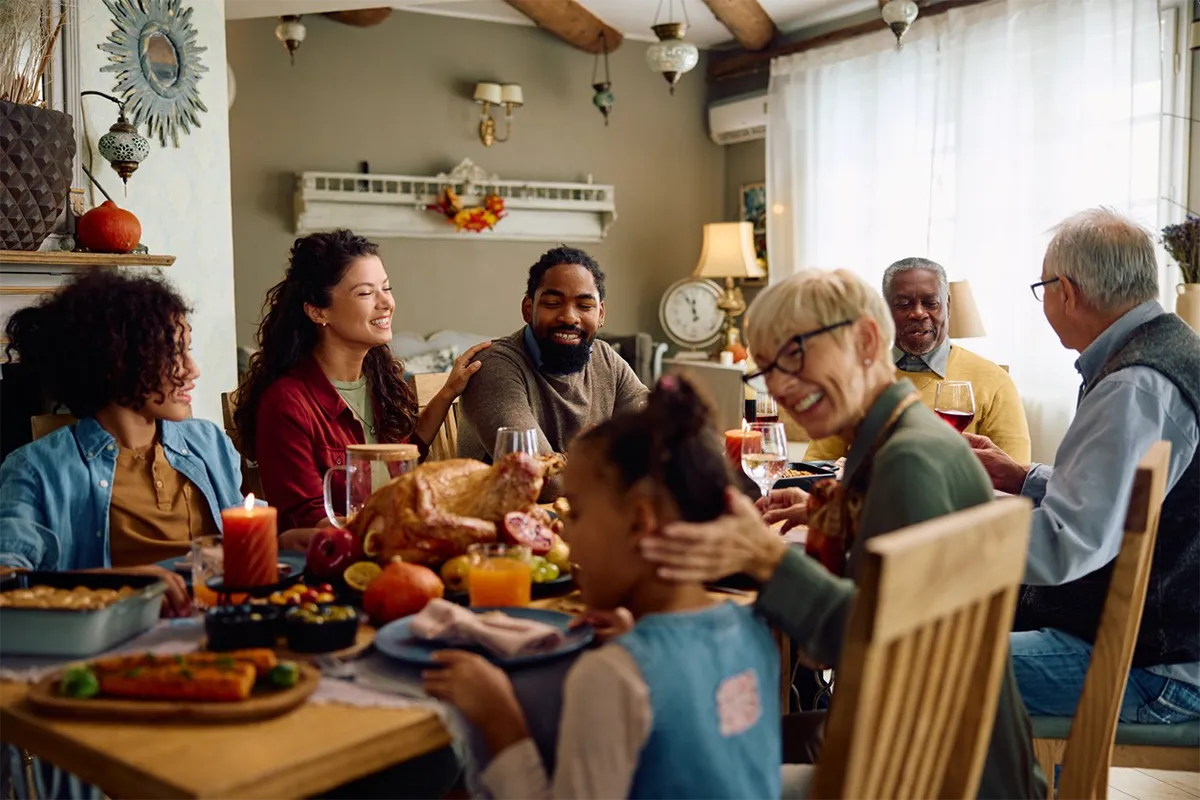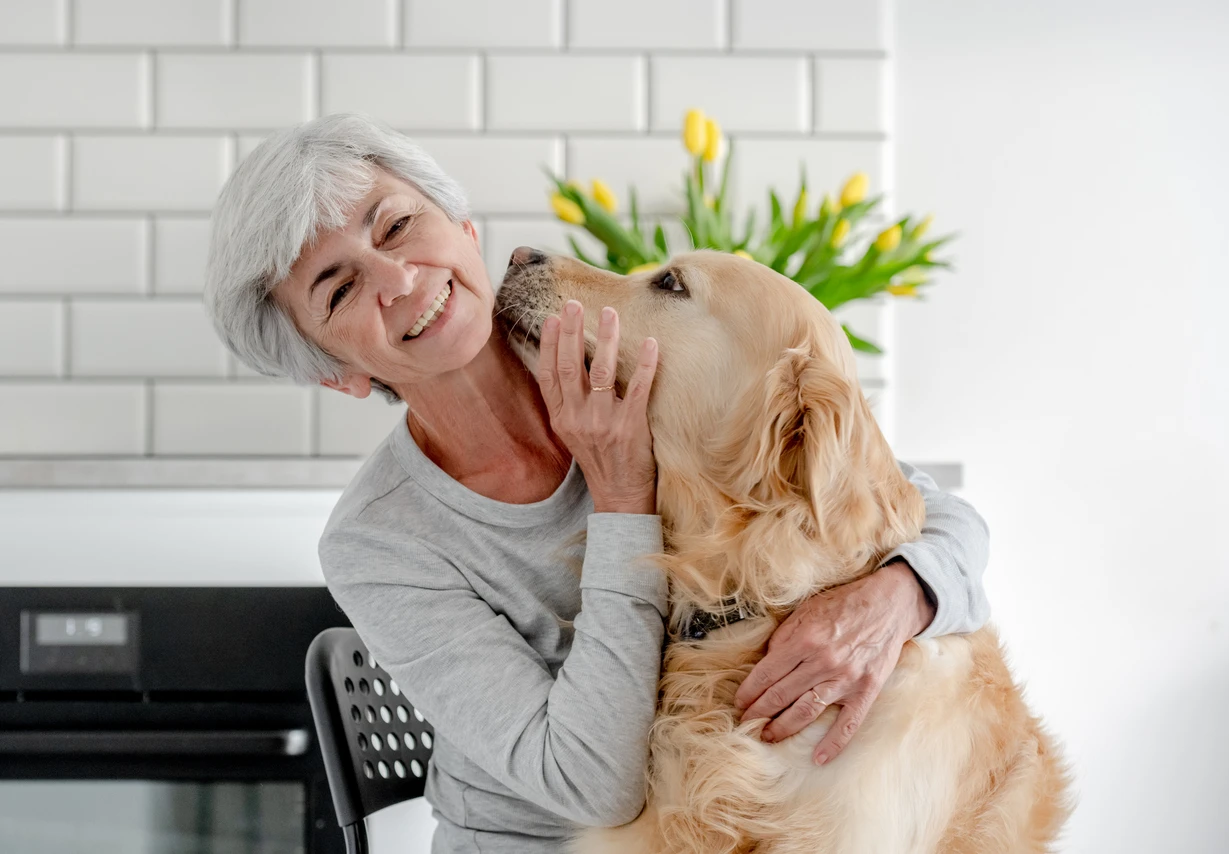
Thanksgiving is a time for family, connection, and gratitude. For families who have a loved one with dementia, this time of year may require thoughtful planning to ensure that celebrations are both enjoyable and comfortable for everyone involved. Engaging someone with dementia in Thanksgiving festivities can strengthen bonds, provide meaningful moments, and enhance well-being. Here are strategies, tips, and activity ideas to make Thanksgiving a warm, inclusive, and supportive experience for your loved one with dementia.
Understanding Dementia and Its Impact on Festivities
Dementia affects memory, cognitive abilities, and behavior, making traditional holiday celebrations overwhelming or confusing. The sensory stimulation from gatherings—such as loud conversations, strong food scents, and bustling activity—may lead to anxiety or agitation in someone with dementia. By adjusting certain aspects of the festivities, we can create a safe, positive environment that makes it easier for them to enjoy and participate in Thanksgiving.
Planning for a Dementia-Friendly Thanksgiving
Planning is critical to creating a comfortable environment. Here are a few preparatory steps to consider:
- Create a Calm Environment: Opt for a calm, quiet setting for your celebration. If the group is large, consider smaller gatherings that are less overwhelming for your loved one. Remember that unfamiliar environments can cause disorientation, so hosting at their own home or a familiar setting may be best.
- Schedule at Their Best Time: Many individuals with dementia have periods in the day when they feel most alert. Aim to plan your Thanksgiving meal or activities during this window to help them feel engaged and relaxed.
- Prepare Guests Ahead of Time: Family members and friends may not understand how dementia affects behavior and communication. Educate guests on what to expect, encouraging patience, warmth, and understanding to foster a compassionate atmosphere.
- Simplify the Menu: Certain foods may be difficult to chew or digest, so offering a few soft, easy-to-eat options ensures your loved one can comfortably partake in the meal.
Activities to Include a Loved One with Dementia in Thanksgiving
Keeping your loved one involved in Thanksgiving activities can be as simple as adapting tasks to suit their abilities and interests. Here are a few ideas that can make them feel included and engaged:
- Cooking and Baking Together
Simple cooking activities, such as stirring ingredients, kneading dough, or placing items on a baking tray, allow them to contribute to the meal. Use family recipes that evoke positive memories. These sensory activities—smelling spices and feeling dough—stimulate cognitive function and encourage nostalgia. - Sharing Family Photos and Stories
Photos can serve as powerful memory aids. Gather a few photo albums or family snapshots and look through them together. Encourage family members to share stories about past Thanksgiving or moments connected to the photos. You may be surprised at the memories that surface, even in advanced stages of dementia. - Setting the Table
Giving your loved one a familiar task, like setting the table, is a simple yet meaningful way to help them feel involved. Provide visual cues by placing the utensils in order and showing them where each item should go. This familiar activity can bring a sense of routine and accomplishment. - Engaging in Arts and Crafts
Art therapy is known to reduce anxiety and improve mood in people with dementia. Consider preparing Thanksgiving-themed crafts that are simple yet enjoyable, like decorating a pumpkin, creating a handprint turkey, or arranging fall leaves. These activities promote creativity and provide a tangible keepsake they can admire throughout the season. - Singing Thanksgiving Songs
Music has an incredible impact on memory and emotions. Singing or listening to Thanksgiving or classic tunes can spark joy and even help retrieve memories. If your loved one enjoys music, create a playlist of songs they are likely to recognize and sing along to. This can be a beautiful bonding activity for everyone.
Creating a Comfortable and Calming Atmosphere
The environment in which Thanksgiving is celebrated plays a critical role in ensuring comfort for those with dementia. Here are specific adjustments to consider:
- Minimize Distractions
- Provide a Quiet Space
- Use Familiar Décor
- Avoid Overstimulating Scents and Lights
Adapting Communication for a Meaningful Connection
Effective communication with a loved one with dementia can make a significant difference in their experience of Thanksgiving. Here are some methods to enhance communication:
- Speak Slowly and Clearly: Use simple language and maintain a warm, calm tone. Speak slowly, as it may cause confusion.
- Use Non-Verbal Cues: Touch their hand, make eye contact, or smile gently. These small gestures provide reassurance and show understanding.
- Ask Open-Ended Questions: Instead of questions that require specific answers, ask open-ended questions that let them express their thoughts freely. For instance, “What do you like most about Thanksgiving?” might encourage them to share happy memories or feelings.
- Validate Their Emotions: Sometimes, your loved one may express confusion, sadness, or frustration. Acknowledge and validate these feelings by responding with empathy. Phrases like “I understand” or “It’s okay” can provide comfort.
Practicing Patience and Flexibility
Dementia can bring unpredictable behaviors and needs. Embracing patience and flexibility allows your loved one to participate in the way that feels best for them. If they become tired, agitated, or disengaged, it’s essential to remain understanding and allow them the space they need to retreat.
Providing an Exit Strategy
Thanksgiving gatherings can be lengthy, and your loved one with dementia may need breaks or even a change in environment. Establish an exit strategy or let them know they can take breaks as needed. This can reduce anxiety and ensure that they feel supported throughout the event.
Working with Memory Care Professionals
If your loved one lives in a memory care community in Pleasanton, CA, consider inviting a caregiver or consulting the care team to ensure the holiday plans align with their routine. Memory care professionals can provide valuable insights into the specific needs of those with dementia, offering suggestions for activities and strategies that work best for them.
Celebrating Thanksgiving with Care and Compassion
Thanksgiving is a time to cherish connections, and with a thoughtful approach, we can create an experience that includes and uplifts our loved ones with dementia. By tailoring the environment, engaging in meaningful activities, and offering patience, we make this holiday memorable and comfortable for everyone. Family gatherings can be challenging, but they’re also opportunities to deepen bonds, share joy, and support each other in meaningful ways.
For more information on supportive environments for individuals with dementia, visit Carefield Pleasanton.






